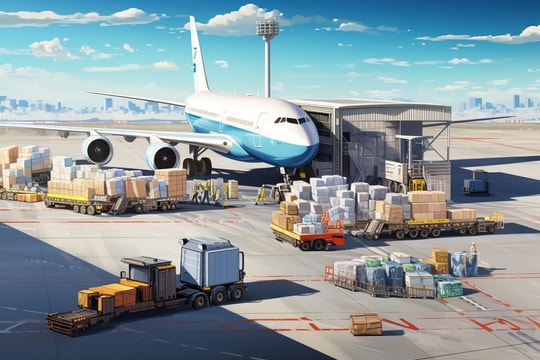
The Strike and Key Disputes
The strike at major U.S. ports began in early October when the six-year contract between the International Longshoremen’s Association (ILA) and the United States Maritime Alliance (USMX) expired at 12:01 AM on October 1. The breakdown in negotiations and disputes over labor rights led to the closure of the ports for nearly three days, sparking concerns about potential disruptions to the supply chain at key American ports.
The main disputes revolved around wage issues and the protection of dockworkers' rights against the threat of port automation. The ILA, firmly standing its ground to protect workers' interests, was determined not to compromise on demands for higher wages and safeguards for workers in the face of advancing automation technology.
Tentative Agreement and Commitment to Further Negotiations
On Thursday evening, representatives of both the ILA and USMX issued a joint statement announcing that the parties had reached a tentative agreement on wages and had extended the Master Contract until January 15, 2025, to continue negotiations on unresolved issues.
The statement noted, "All current strike actions will cease, and all work covered by the Master Contract will resume." This has allowed port operations to be restored, easing concerns about supply chain disruptions and the potential impact on national trade activities".
In the coming months, both sides will return to the negotiating table to address the remaining issues. The ILA is expected to continue pushing for stronger policies to protect workers from the negative impacts of port automation—an increasingly evident trend as technology continues to advance in the logistics sector.
Impact on the Logistics Sector and Economy
The strike and labor disputes raised alarms about potential disruptions to the supply chain at key U.S. ports. In particular, the East and Gulf Coast ports serve as major hubs for international trade, and any prolonged stagnation could significantly affect the import-export market and the broader economy.
In this context, the tentative agreement represents an important step forward, temporarily resolving the crisis and ensuring that port operations do not remain halted for too long. However, with fundamental issues still unresolved—particularly the conflict surrounding port automation—more efforts are needed to reach a long-term, sustainable agreement.

Conclusion
Although the strike has temporarily ended, the unresolved issues reveal the complexity of the modern transportation and logistics sector, where stakeholders must navigate the delicate balance between labor rights and the trend toward automation. Port automation is an inevitable step as technologies rapidly evolve, but this also means thousands of workers may be at risk of losing their jobs without adequate labor protections.
The conflict between the ILA and USMX is a prime example of the tension between the need for modernization and the protection of traditional labor forces. In the future, both sides must find a more harmonious solution that ensures not only economic efficiency but also stability for the workforce—a critical component of the U.S. logistics system.
This tentative agreement, though a positive step, is only the beginning of a longer negotiation process to resolve outstanding issues and ensure the sustainable development of the U.S. port industry.




.jpg)





.png)
.png)
.png)
.png)



.png)







.png)